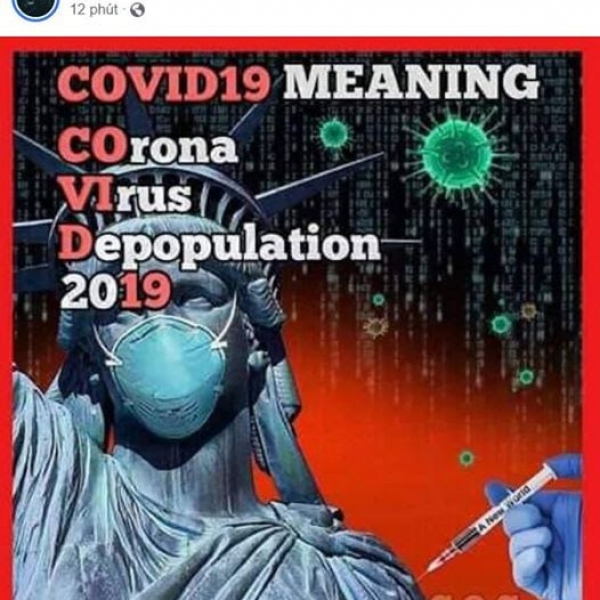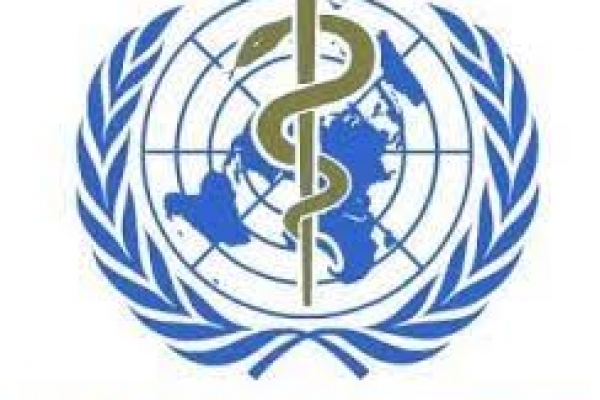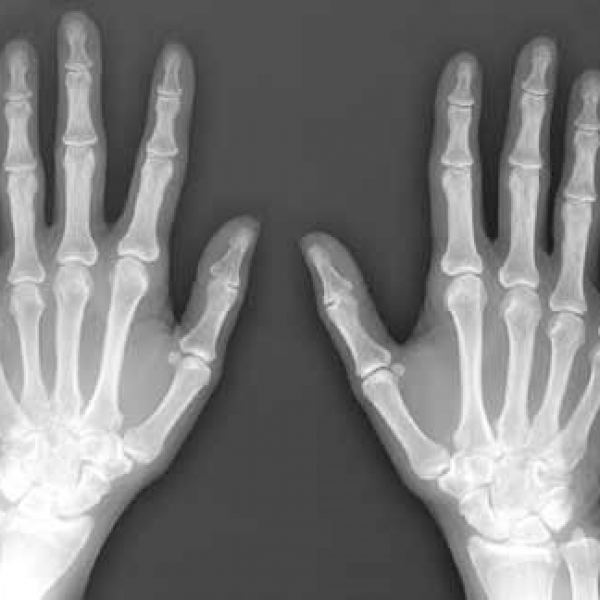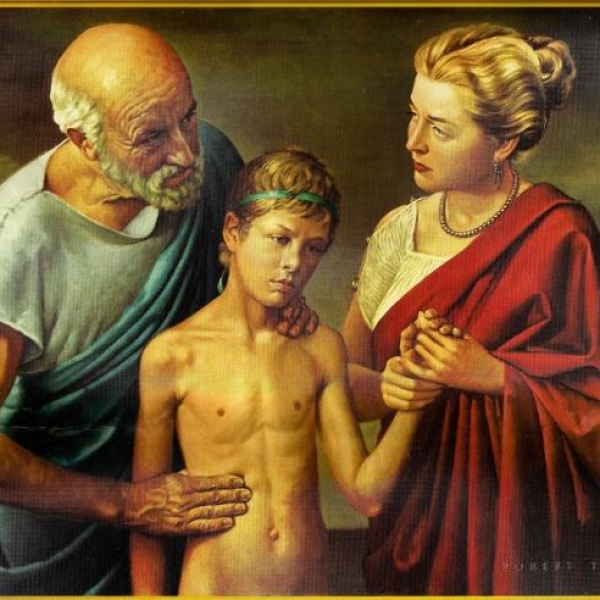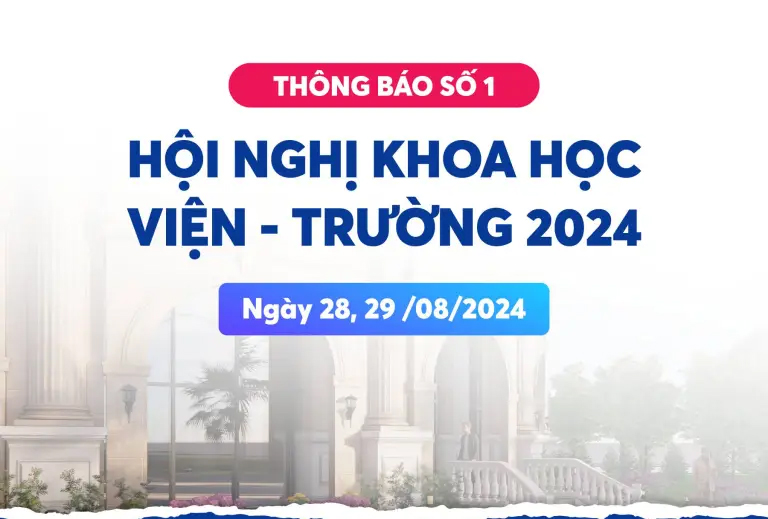Contact Admission
International Collaboration
MINISTER OF EDUCATION AND TRAINING NGUYEN KIM SON: I WANT TO EMPHASIZE THE KEYWORDS 'PROACTIVE, CREATIVE”

On the morning of September 4, students from Nguyen Huu Tho High School (district 4, Ho Chi Minh City) prepare for the opening day. Imagine - Nhu Hung
Before the new school year of 2023 -2024, the Minister of Education and Training Nguyen Kim has engaged in heartfelt conversations with Toui Tre Magazine. What is the head of the education sector currently pondering regarding the path of educational reform, and what message do they want to convey to teachers, students, and society?
Minister Nguyen Kim Son shares “Educational reform should aim to promote dynamism and creativity. During the reform process, teachers' work will become more challenging, involving diverse teaching activities that are different and more creative. It will also gradually address long-standing concerns such as extra tutoring, rote learning, and essay templates.”.
The role of teachers is pivotal in the reformation process, as their substantial changes will create synergy and positive ripple effects. However, to foster an environment conducive to innovation and creativity among teachers, it is essential to enhance the role and responsibilities of school leadership.
Minister Nguyen Kim Son
The most important change lies in the role of a teacher.
Educational reform is imperative, however, its path seems to be facing many challenges with different viewpoints on certain specific tasks, such as the recent textbook story.
What are the old practices that need to be decisively eliminated to promote creativity in education from teachers to students, sir?
We have talked extensively about reforming the educational foundation. However, educational reform goes beyond simply applying information technology in teaching and modifying course content. It necessitates numerous changes, and one of the most significant changes is redefining the role of teachers.
In the past, when access to knowledge was limited, a teacher's value increased with the amount of knowledge they possessed. However, in the current era of information explosion, knowledge is accessible through various channels, and the volume of human knowledge is growing exponentially, limitless, and constantly evolving.
As a result, teaching cannot solely revolve around the transmission of raw knowledge.

A teacher has the responsibility to guide, direct, organize, support, and coordinate learning and research activities for students to develop the skills, talents, and qualities required in today's world.
We cannot apply the old curriculum, old textbooks, outdated methods of access to education, and traditional teaching methods to implement a new program and achieve new goals.
Therefore, there is a need for an open-ended program that encourages the creativity and proactivity of educators. I want to emphasize the keywords 'proactive' and 'creative.' With the new program, without proactivity, it will be challenging to foster creativity.
* Then how can one be "proactive" and "creative" in the current education context, sir?
- The 2018 general educational program is going in that direction. Currently, we have a common nationwide framework in place, enough details for teachers to depend on the program, the requirements that must be met within the framework for organizing teaching activities, and evaluating students. Different from the past, the 2018 General Education Program is an
open-ended program.
Teachers no longer need to worry about adhering to a rigid curriculum sequence down to every detail or being obligated to teach textbook content uniformly, as they did in the past. Instead, they are encouraged to be proactive, flexible, and creative in designing their own lesson plans.
Teachers may use one or a variety of textbooks and other materials to construct their lecture. They can apply various teaching methods and assess diverse students beyond the classroom space.
A teacher's lesson plan is actively integrated within the overall educational plan of each school. Additionally, upon the overall facility plan of the field, each school has the right to proactively develop a plan that is in line with its goal orientation, conditions, and its student population.

Nguyen Thuong Hien High School’s (Tan Binh district, Ho Chi Minh City) students happily on the orientation day. Imagine - Duyen Phan
Breaking free from the rigid dependence on textbooks
To establish and maintain a strong open and creative education system, where should one begin with what changes?
To achieve the goals of innovation, a process is necessary, and this process requires time to demonstrate results. Clearly defining the path from the outset and staying committed to that path is crucial.
Education administrators and teachers must grasp the core spirit of implementing the 2018 General Education Program, which entails shifting from primarily transmitting knowledge to fostering students' competencies and qualities.
Schools and teachers also need to understand the freedom they have in building a school education plan, the teaching plan of each teacher, and the flexible application of teaching methods, formats, and teaching materials.
Especially during this period of reform, teachers need to break free from rigid dependence on textbooks when teaching. Textbooks are essential tools that aid teachers and students in the teaching and learning process. However, teachers can use various evaluated documents, including their instructional materials, to organize learning activities for students to achieve the program's goals. These are fundamental changes that, while not fully achievable immediately, require unity and steadfast commitment to gradually progress towards the stated objectives.
How do you assess the conditions for implementing the current education reform? In other words, can you identify the difficulties and challenges that need to be overcome?
There are countless difficulties and challenges associated with the fundamental and comprehensive education reform, including the implementation of the 2018 General Education Program. Among these, prominent issues include a shortage of teachers, insufficient schools and classrooms, inadequate teaching equipment, teaching materials, and overcrowded class sizes in many places, which often exceed the prescribed limits.
Furthermore, many regulations in pedagogical management are unreasonable, and teacher remuneration policies have not yet guaranteed attracting and retaining teachers in the profession. To address these issues, responsibility does not solely rest with the education sector but requires coordination and support from various ministries, sectors, and local authorities.
Another challenge that needs to be mentioned is the slow shift in the perspectives and awareness of some education administrators and teachers. On the other hand, the education sector has not done enough to help parents and society fully understand the spirit of fundamental and comprehensive reform to foster better trust, cooperation, and support.
Minister Nguyen Kim Son:
To eliminate the use of model essays and exam cramming
A program with multiple textbooks is an approach aimed at creating an open education system that encourages creativity.
This approach will gradually improve and address the issue of rigid, dependency on a specific set of learning materials, which often leads to problems like model essays, memorization, and test-oriented learning.
With that, not only learning activity is depended in textbooks, but context of the exam, evaluation, and testing will be difficult to break free from the confines of the textbook content.
More support for the school and teachers
According to the minister, what conditions and tasks need to be immediately addressed to proceed on the established path?
Minister Nguyen Kim Son: The Ministry of Education and Training will continue to recommend a steadfast commitment to the essence and the overarching goals that the 2018 General Education Program aims to achieve.
Simultaneously, the ministry will take a more proactive and vigorous approach to information and communication efforts to ensure that society and parents have a deeper understanding of the core content of this program. The ministry will continue to monitor and adjust reasonable regulations to create the most favorable conditions for schools and teachers to unleash their proactive and creative abilities in implementing the new curriculum.
The ministry will also continue to collaborate with other ministries, sectors, and local authorities to propose and recommend the policies related to the treatment and benefits for educators.

Teachers participating in Vietnamese language teaching training in Hanoi. Imagine: N. Tran
Especially in the new school year, training and development for education administrators and teachers will be conducted more intensively, with flexible approaches aimed at guiding and supporting schools and teachers in addressing specific challenges and issues during the program's implementation.
In addition to continuing on the path of reform, the education sector greatly relies on ongoing sharing and support from various ministries, sectors, local authorities, society, and parents.
It is not only about support to address issues like teacher shortages, insufficient schools and classrooms, and teaching equipment but also in gradually changing the approach to education, promoting educational equality, and reducing the education gap between regions and areas.
The Minister of Education and Training will be working more with the local, especially the district level, to address the issues and provide more support for the teachers and the schools.
According to Bao Tuoi Tre posted on September 5, 2023
Link to access the news: https://tuoitre.vn/bo-truong-bo-gd-dt-nguyen-kim-son-toi-muon-nhan-manh-tu-khoa-chu-dong-sang-tao-20230904232301812.htm
Dr. Nguyen Huu Tung - Chairman of the Council of Phan Chau Trinh University:
“I fully agree with and support the innovative and creative policies of the Ministry of Education and Training. For me, education reform should not only be limited to middle schools and high schools; it should also extend to colleges. In other words, education reform holds special significance in higher education to promote liberal and creative education in Vietnam. This approach is instrumental in creating a standardized, high-quality pool of human resources to build a prosperous, thriving, and humane nation. At Phan Chau Trinh University, the innovation in medical knowledge involves teachers and students engaging in discussions rather than teachers simply lecturing while students passively receive information. In clinical settings, teachers impart their experience based on medical evidence and practical clinical issues, equipping students with the necessary competencies for real-world practice upon graduation.”
Other news
- Longo Surgery Successfully Treats Patient with Strangulated Grade-4 Hemorrhoids ( 08:42 - 09/08/2025 )
- Phan Chau Trinh University Hospital – a trusted BHYT clinic in Da Nang ( 14:10 - 02/08/2025 )
- Vice Rector of Phan Chau Trinh University Appointed President of Da Nang ENT Association for the 2025–2030 Term ( 17:15 - 14/06/2025 )
- 88-year-old woman in the Czech Republic “come back to life” ( 08:12 - 05/06/2025 )
- The United States successfully performed its first human bladder transplant ( 07:39 - 21/05/2025 )
- AI in Healthcare ( 08:46 - 19/05/2025 )
- Phan Chau Trinh University Hospital Appoints New Chief Executive Officer ( 09:20 - 17/05/2025 )
- 34 Fifth-Year Medical Students Continue Clinical Rotations at Quang Nam General Hospital ( 14:10 - 13/05/2025 )
- PCTU medical students embark on their final clinical rotation at hospitals across the country ( 13:57 - 13/05/2025 )
- INTERNATIONAL MEDICAL STUDENTS EXPERIENCE OSCE FOR THE FIRST TIME ( 15:43 - 12/05/2025 )







